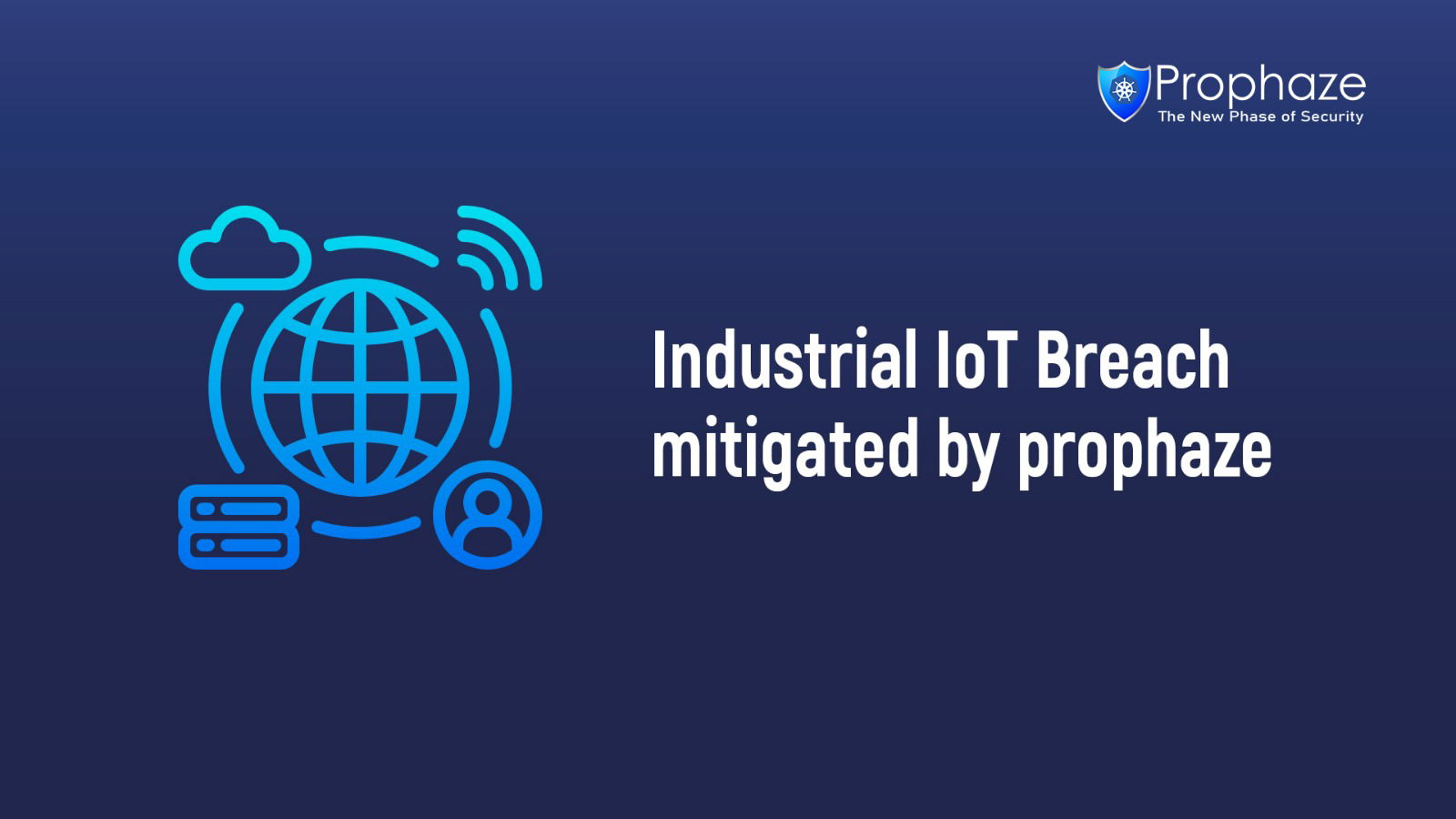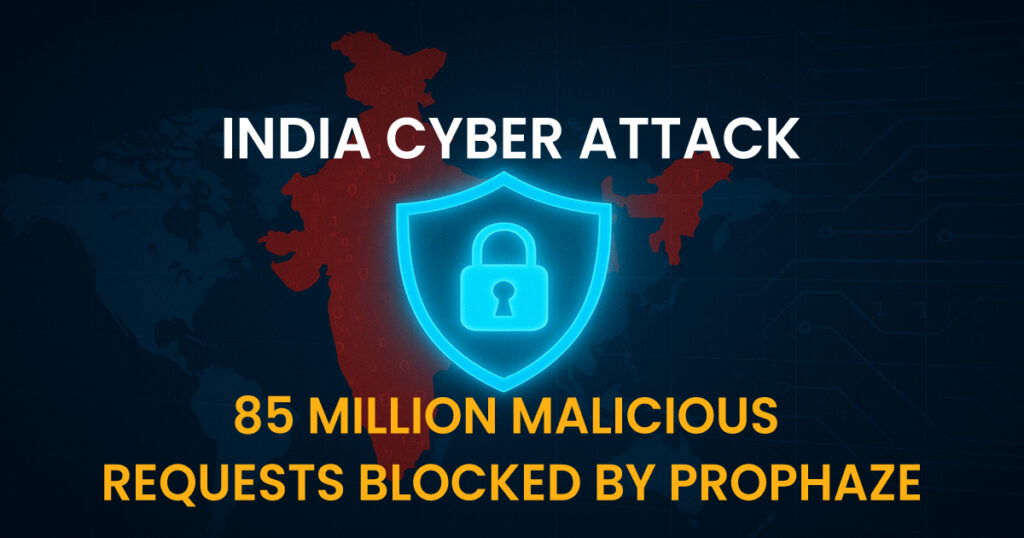Software vendors have identified many areas in which they could improve their offerings in order to better serve their customers and consumers. However, security threats to these offerings continue to increase despite the best efforts by vendors. Vendors need to continuously monitor the security environment in which they operate in order to stay atop the competition. Vendors also need to develop strategies to prevent new security threats from affecting their cloud business offerings, which in turn, will help them stay ahead of their competitors.
Here are some of the best practices for SaaS security that can help users better protect their customers and empower them with the tools that are necessary for optimal security posture.
Monitor the Cloud Regularly
The best practices for SaaS security include continuously monitoring the cloud environment, which is composed of a network of thousands of servers that are connected to each other and to a secure global network. The users can monitor the health of their cloud at any given time using real-time analytics. This information allows to proactively monitor new security risks and make adjustments where needed. When a user needs to make changes to its environment, it can do so, which allows it to always be well-prepared for the new security risks that may come its way.
Opt for Multiplied Authentication
The best way to enhance authentication for better SaaS security is to use something like OST tokens, which are stored separately and uniquely on each user’s computer. The token then ensures that only they themselves have the right to open it. As a matter of fact, OST tokens have become the de facto standard for giving out security tokens for corporate computing environments today. This is because they are easy to implement, very easy to read, and very easy to remember. A token also makes it easier for you to control access if there are multiple users with the same password or access authorization.
Pick the Software Wisely
In addition to constantly monitoring the cloud, SaaS customers can take additional proactive steps to protect their data. They can choose the SaaS application version that best matches their needs. Many of the popular SaaS providers such as Salesforce, IBM, and Microsoft offer a wide selection of application versions that customers can choose from. Ensuring that the software selected best suits individual requirements is one of the best practices for SaaS security.
Keep the Users Well-Trained
One of the best practices for SaaS security is to ensure that all members of an organization have access to the latest training and updates. Training can help reduce IT costs by minimizing training hours and reducing the need for out-of-hours personnel to provide this training. It can also help to reduce the potential impact of a security issue on an executive team that is not actively involved in the management of the cloud. Providing regularly scheduled training sessions can also assist business owners and SaaS providers with emergency management in the event of a problem affecting an entire cloud population.
Well-Managed Vetting & Oversight
Today, it is quite clear that one of the biggest challenges that companies face today is security vetting and oversight for better SaaS security measures. It has been said that the entire lifecycle of a software application needs to be secured, from its development and origin all the way to its launch in the enterprise. All this means that only a select few organizations are able to derive maximum value from their business, as their data and applications are well protected and well managed. Those who fail to provide adequate vetting and oversight to the business applications run the risk of their applications falling into the wrong hands. As a matter of fact, many businesses are using this medium to promote their products and services, and thus, this opens up an ideal opportunity for organizations to take up this responsibility themselves.
Keep Track of the Security Checklist
The best practices for SaaS security are designed to help provide IT, staff with the information they need to proactively handle any issues that may arise. These practices include regularly reviewing the security checklist provided. Businesses should review the security checklist on an annual basis to see if any of the items were new or overlooked in the previous year. The security risks associated with each of the items on the list should also be reviewed to get sure that there are no gaps that can be exploited by an intruder.
Ensure Strict Data Encryption
There exist many benefits to be gained from the use of strict data encryption for better SaaS security. One major aspect is that it makes it harder for people who try to access your data. Encryption of data makes it very difficult for people who want to gain access to your confidential information. Another major benefit to being gained from the use of strict data encryption for better SaaS security is that your data is much more secure against tampering and leaking. Data tampering includes things like altering your documents in any way or taking screenshots of your files. This can often compromise your security if these actions are repeated often. Furthermore, when you use strict data encryption for better SaaS security, your information cannot be stolen through a variety of different ways, including theft off the internet and computer crimes.
Endnotes
The best practices for SaaS security are also designed to reduce the potential impact of an attack. Ensuring that all employees have strong training in areas such as passwords, data encryption, and monitoring should be considered for every organization. Security teams should engage in best practices for SaaS by notifying subscribers about the dangers of certain activities and developing a proper response plan. Companies that proactively monitor their networks should have their data encrypted at all times. Public networks and data exchanges should have controls in place to limit the access of unauthorized individuals. Ensuring that there’s a procedure in place for reporting security issues can help to reduce the number of incidents that occur in the workplace.












